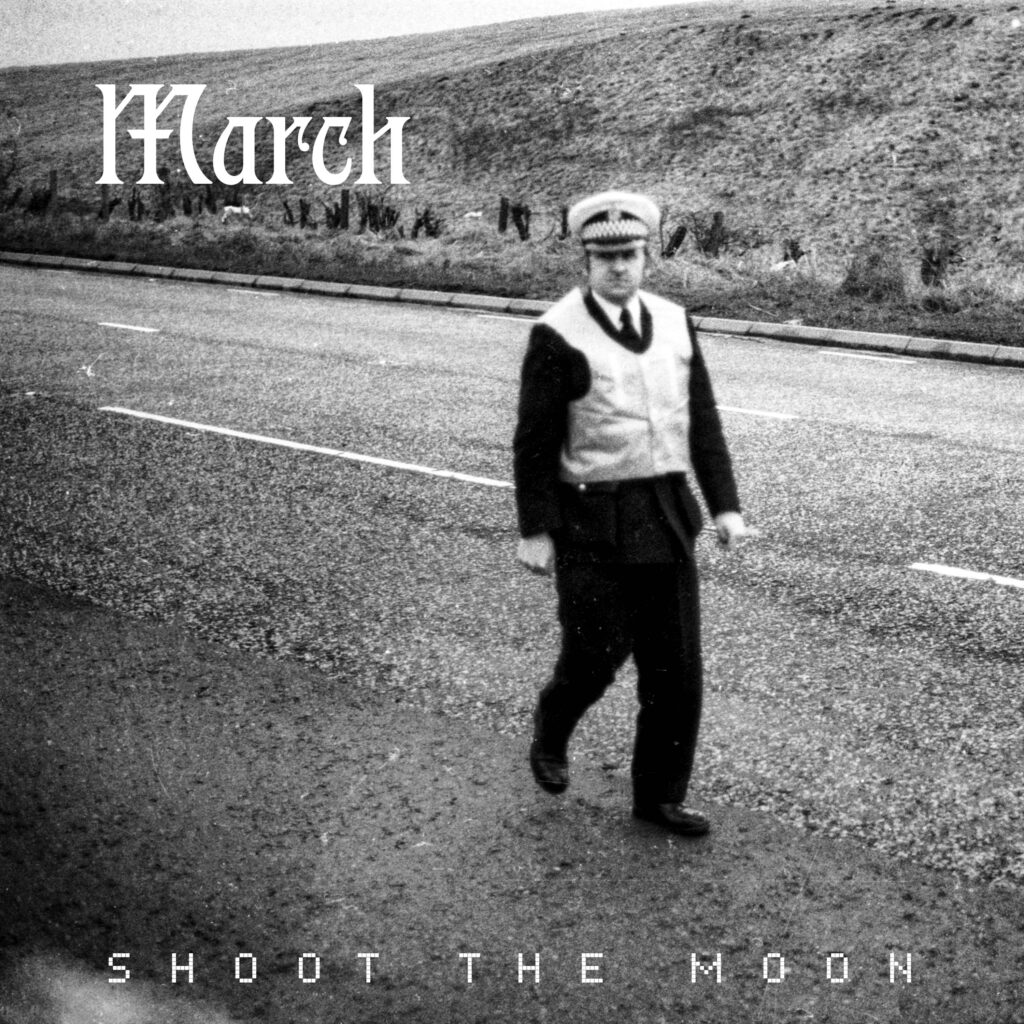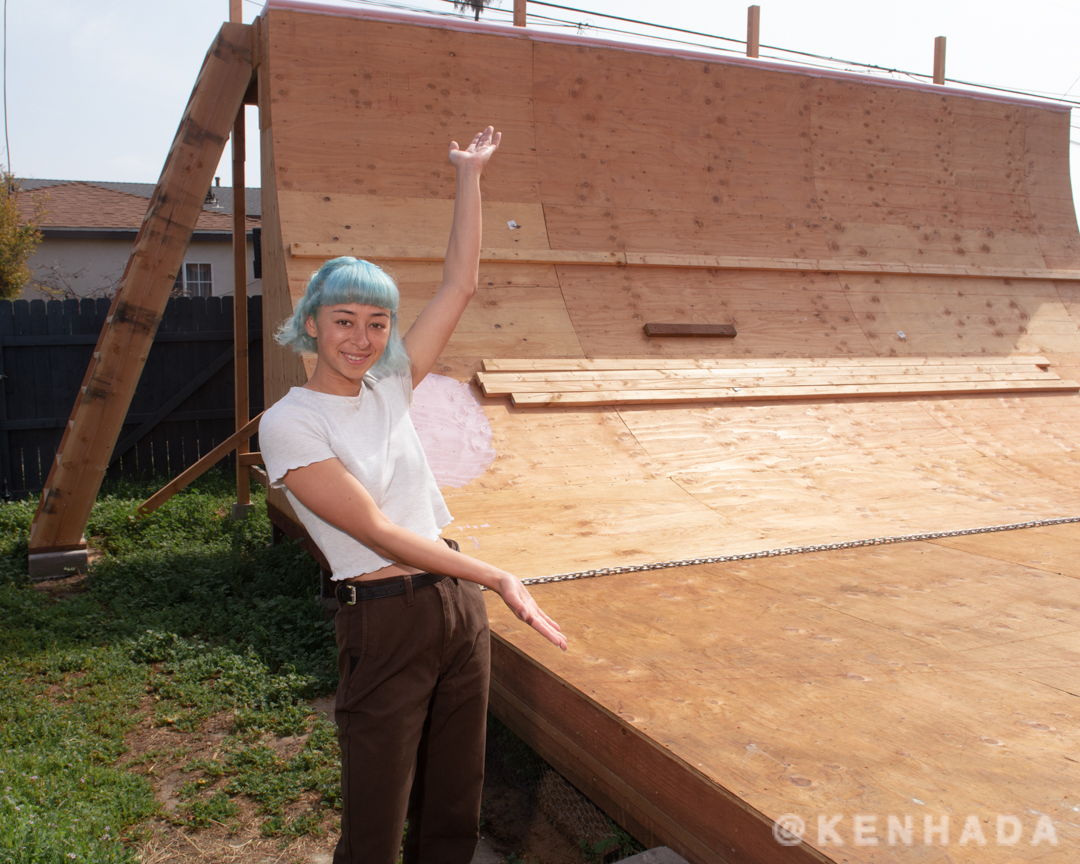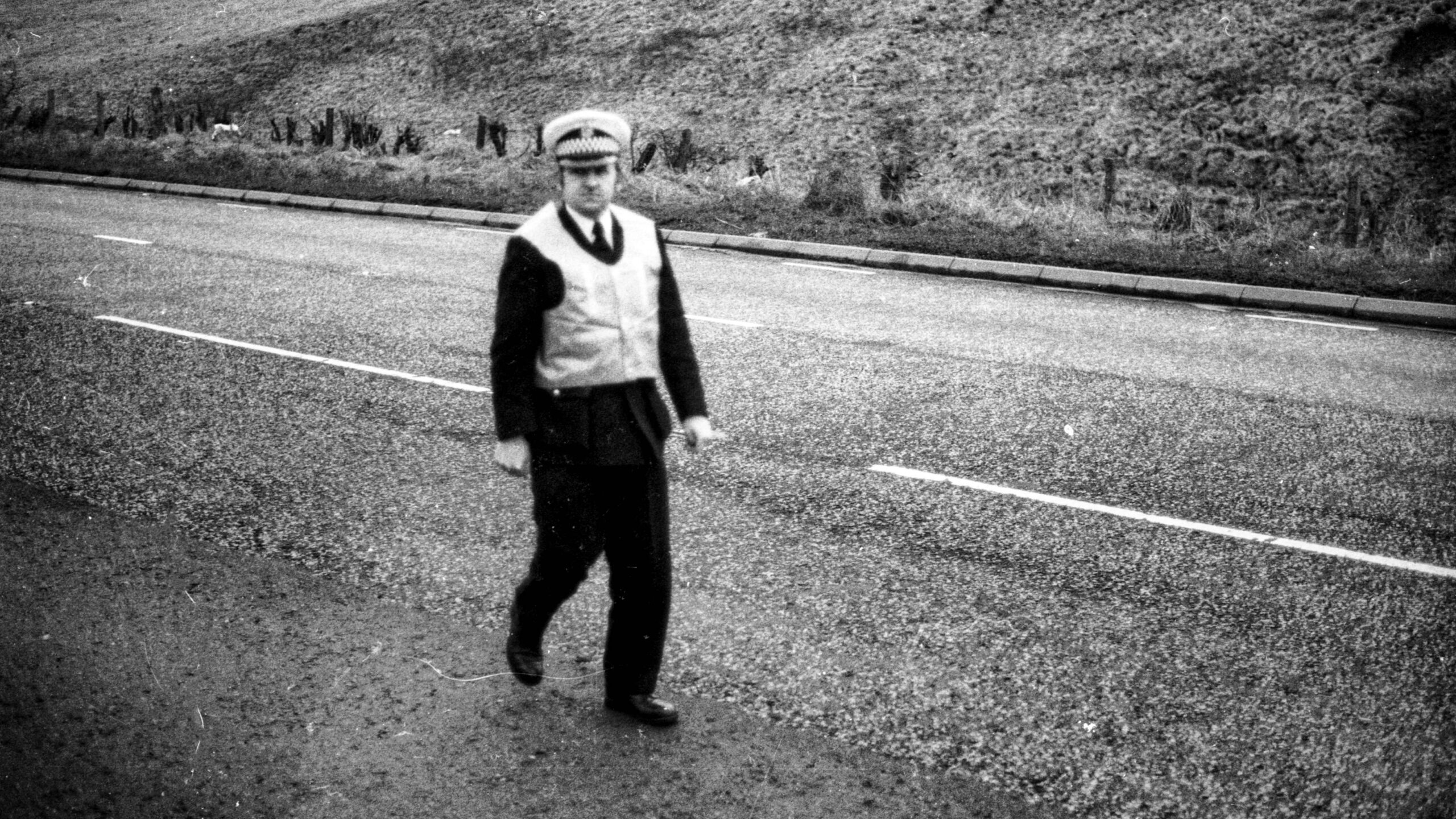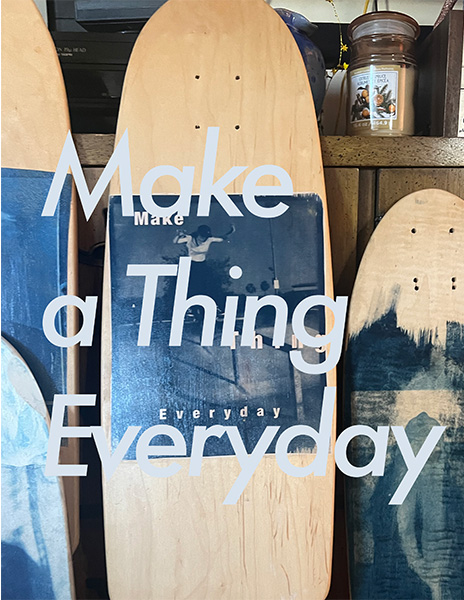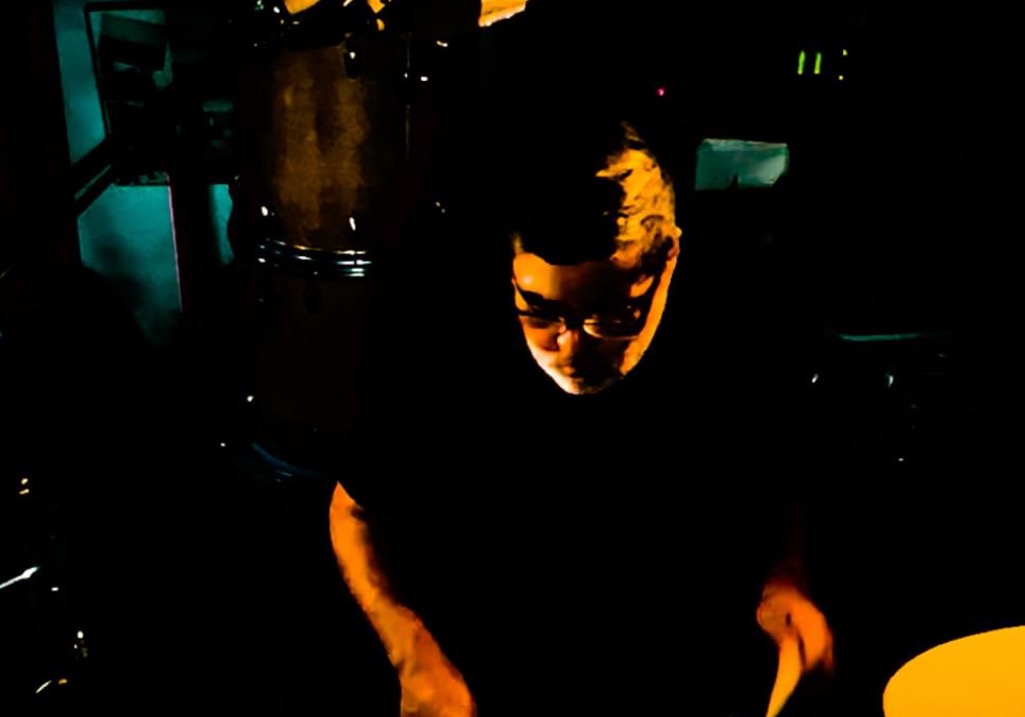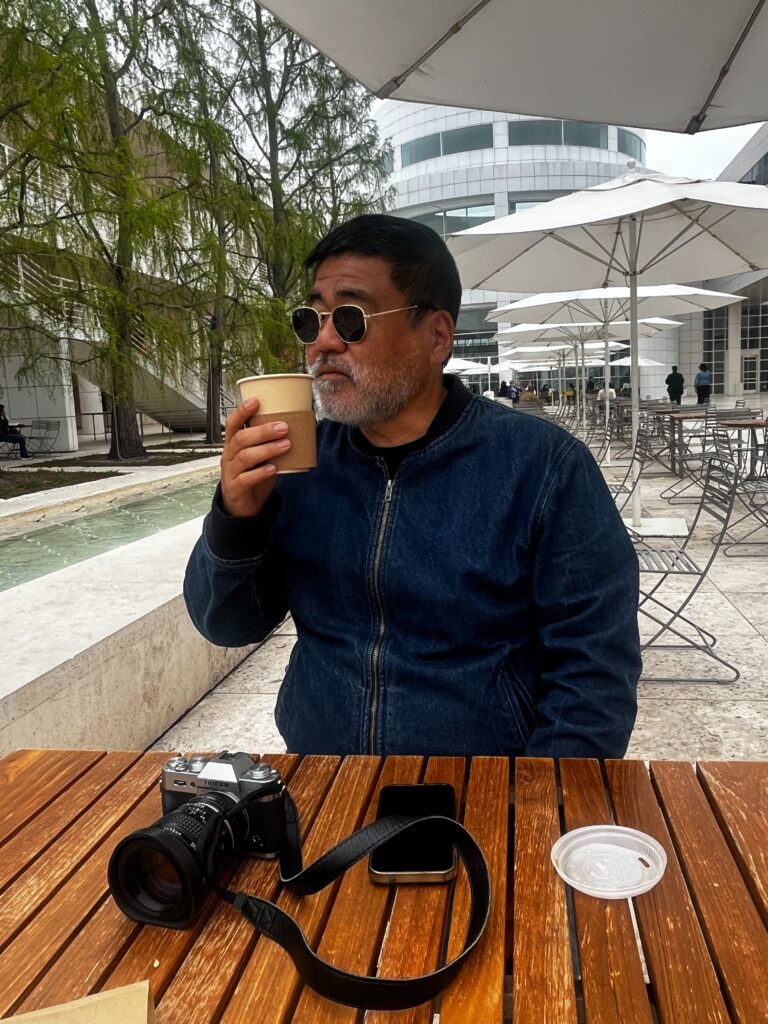Mary Kissed The Ground, a musical memoir of my days in the Kennedy High School Marching Band. Transporting me back to the energy of the 1980s. I recall the creativity that fueled the genesis of this series of songs. Next, with both intuition and attention to detail, I crafted the arrangement and chords. Lastly, I will lay the foundation for what will evolve into my musical journey.
I recorded the basic tracks in the 1990’s. And capture the essence of my musical vision in its rawest form. I left out the words to save myself from facing them.
essentially 2 songs
“Mary Kissed the Ground” emerges as a multifaceted narrative, encapsulating two distinct chapters of my journey. The first part, a lyrical flight from Scotland to Ireland, embodies the boredom of intercontinental flight. The melody soars across vast expanses of sky, it carries the echoes of the band, color guard, and drill team. And that we were all moving farther away from our hometown.
In the second part, the focus shifts to the poignant moment of landing at Shannon Airport. Where a Drill Team officer kissing the ground serves as a poignant reminder of the transition. The transition from a world governed by rules to one defined by us. It wasn’t just time away from our home lives. It was time away from the world that formed us.
I originally this work “The Epic,” and later titled it “March.” Rooted in the shared experiences of the Kennedy High School Marching Band. These songs serve as a musical testament to the camaraderie and the spirit of adventure that unite us all.
“Mary Kissed The Ground” is but one chapter in this unfolding saga. Alongside other finished songs such as “Band Bus Ride,” “Parade,” and “5th Move.” Together, they form a symphony of memories. A melodic journey through the triumphs and tribulations of youth. Finally, a timeless testament to the enduring power of music to transcend time and space.
